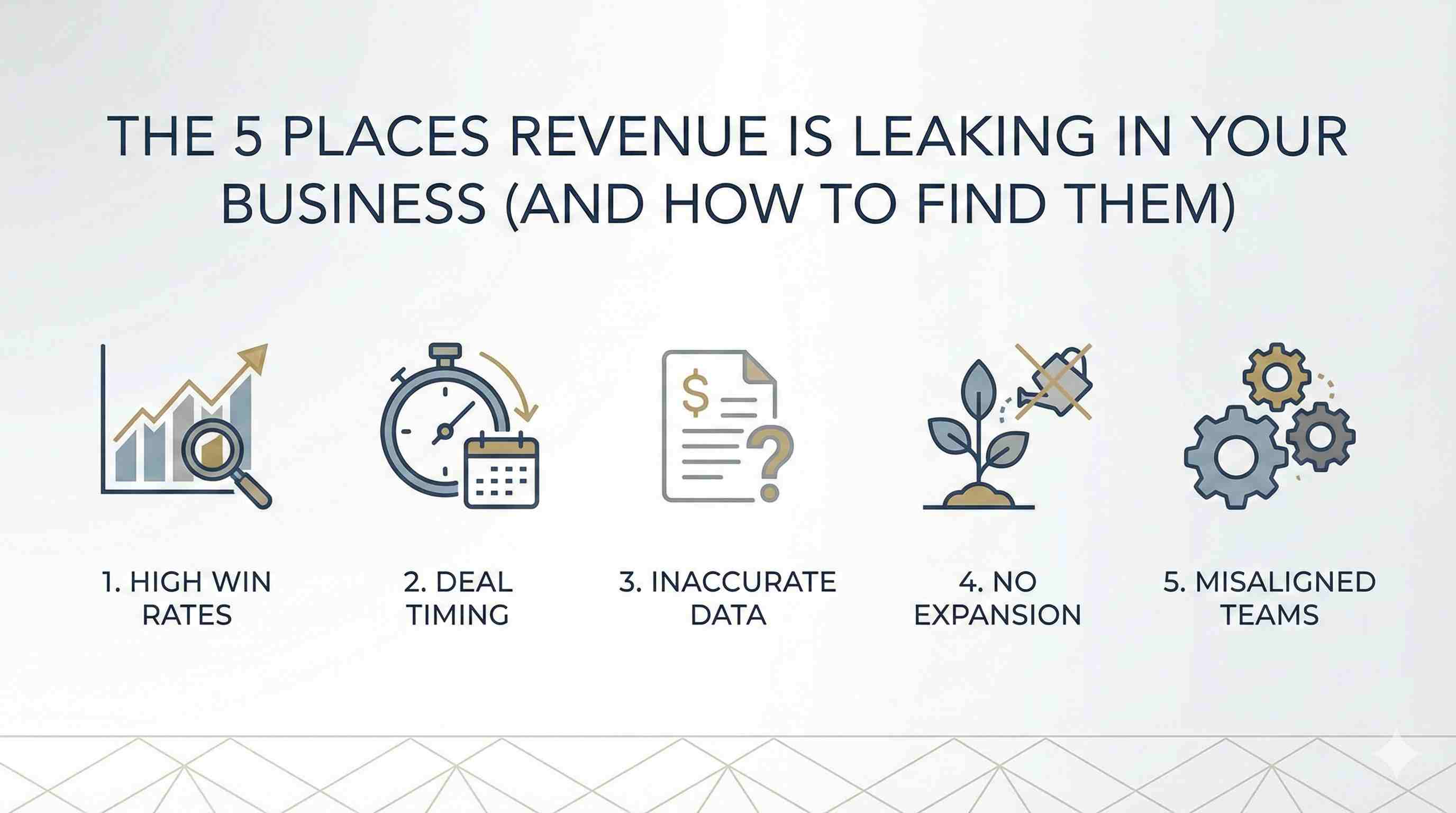
What is it? How does it work? What can it be used for?
Unlocking Geospatial Analysis with Tableau's New LENGTH() Function
With the release of Tableau 2023.2, the world of data visualization received an exciting upgrade, especially for those intrigued by geospatial analysis. If you've been dabbling in this space, you might have heard whispers of the new 'Length' function. Here, we'll delve deep into what it offers, dispel some misunderstandings, and touch on its real-world applications.
Here's a link to the walkthrough video. Summary below.
1. A Fresh Function in Town
For those of us keenly observing Tableau's evolutionary trajectory, the introduction of the Length function is yet another testament to its ever-growing capabilities. While the distance function has long enabled us to determine the straight-line gap between two points, 'Length' takes it up a notch, facilitating enhanced route planning.
2. A Common Misunderstanding
It's easy to jump the gun and think, "Aha! I'll simply slap two points onto a map, and voila, Tableau will calculate the route's length for me." Not quite. Our assumptions can sometimes play tricks on us. The key lies in understanding that the function requires intricate spatial data, meticulously considering every twist and turn along a route to deliver an accurate length.
3. The 'Length' Function in Action
The brilliance of 'Length' comes to light when applied correctly. Using an example crafted by Andy Kriebel, we see that when you provide the precise geometry of a route, the function uses every minor detail – from curves to straight paths – to calculate the length. It's not just about two points; it's about every point in between.
4. Getting Started with 'Length'
For those new to geospatial analysis or transitioning from other tools, the initial understanding might be a tad overwhelming. But here's the good news: once you grasp the intricacies, especially the significance of detailed spatial data, you'll be harnessing the full potential of this tool in no time.
Wrap-Up
Tableau continues to push the boundaries of data visualization, and with the addition of the 'Length' function, geospatial analysis becomes even more accessible. Whether you're a beginner looking to expand your data visualization toolkit or a seasoned pro seeking to optimize your geospatial analyses, there's no better time to dive in.
Thank you for journeying with us through this exploration of Tableau's newest feature. Until next time, keep visualizing!


.png)


